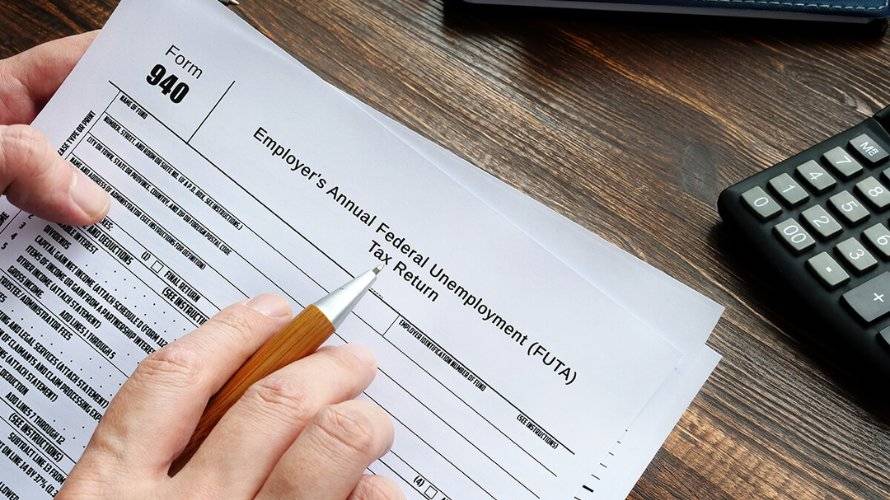Form 940: What are Schedule A & Schedule B for?

In the United States, the Internal Revenue Service (IRS) requires employers to submit Form 940, Employer’s Annual Federal Unemployment (FUTA) Tax Return. This form is used to report the Federal Unemployment Tax for the year and to pay the tax due. The form consists of two different schedules, Schedule A and Schedule B, and taxpayers need to understand the differences between them and which one should be used.
The Purpose of the Schedule A
Schedule A of Form 940 determines if an employer is liable for paying FUTA tax. The employer is required to answer several questions to determine if they should pay any FUTA tax. This includes questions about:
- the employer’s gross payroll,
- the number of employees,
- the number of wages paid,
- the amount of state unemployment taxes paid.
If an employer does not meet any of the criteria outlined in Schedule A, they are not liable for paying FUTA tax and do not need to file Form 940.
The Purpose of the Schedule B
Schedule B of Form 940 is used to report information about the wages and taxes that have been paid to the IRS by the employer. This includes:
- the number of wages paid,
- the amount of FUTA tax paid,
- the amount of state unemployment taxes paid.
This information calculates the employer’s FUTA tax liability and determines whether or not the employer is eligible for any credits or exemptions.
Therefore, taxpayers must determine which schedule of Form 940 to use depending on their situation. If an employer meets the criteria outlined in Schedule A, then they must use Schedule B to report the wages and taxes paid. If the employer does not meet the criteria outlined in Schedule A, then they are not liable for paying any FUTA tax and do not need to file Form 940.
Latest News


